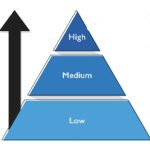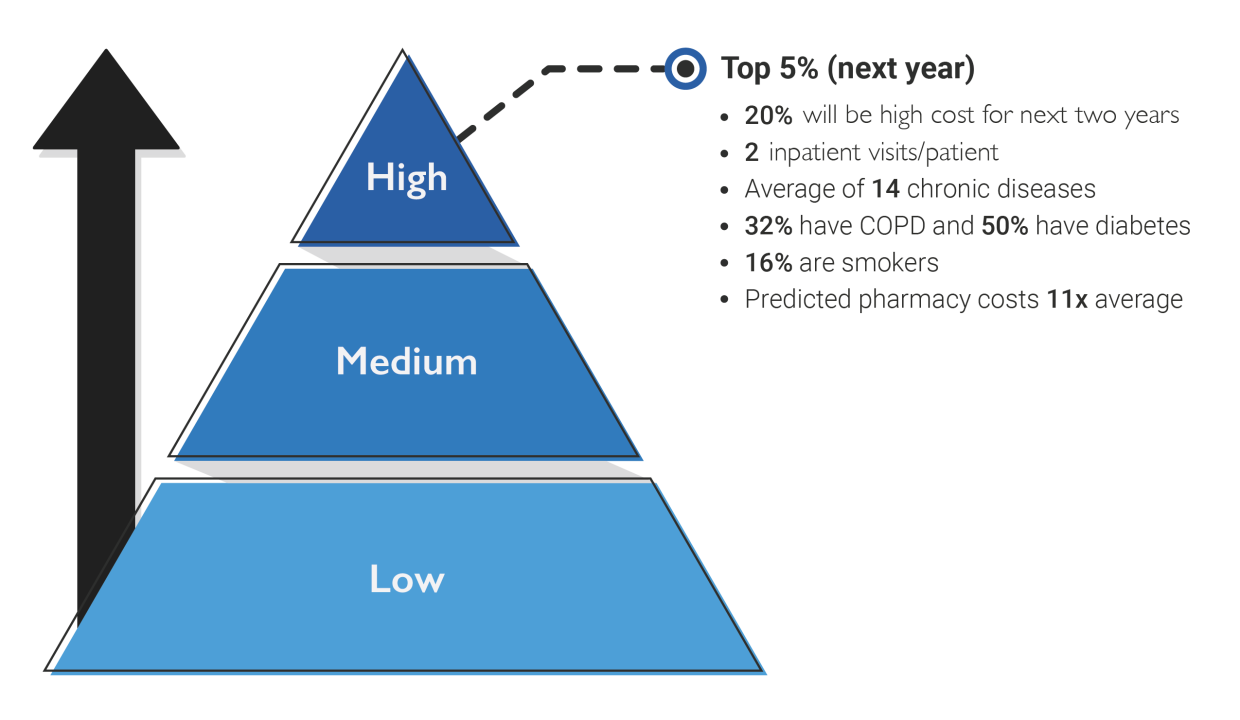
A patient’s care plan typically includes an assessment of their health risk. Does the patient have a history of non-compliance with medications? Are they more prone to visit an emergency room for a non-emergent issue that could be treated by a primary care provider? It’s easy to assume the patient is just deciding to make these choices. But often, there could be other factors in play that force these issues to the surface. Today, we’re looking at how the ACG System identifies patients with certain risks and how that affects your population health strategy.
As part of the ACG System, users can access risk stratification tools. This feature categorizes patients into low, medium or high-risk groups for health care utilization. This grouping is based on several factors:
When these factors are applied through the ACG System, organizations can use the data to focus their resources on the population that needs it the most. As a result, health care leaders, providers and analysts learn how to curb medical costs and improve the health status of their population.
How Risk Stratification Can Allow for Real-Time Decision Making

The ACG System also uses population segmentation to separate risk groups. As discussed in a previous post, Patient Need Groups categorize populations into clinically-relevant categories that are easy to understand and apply in a clinical setting. This allows users to consider health risks for a population as a whole, in addition to risks for smaller groups.
For example, a health care system wants more information on a segment of their population that has multiple comorbidities of medium complexity. The ACG System provides this data and enables the user to filter the population by risk level. The health system is now able to get a clear view of the patients who need more care and attention for their overall health. The ACG System also provides trends on medical cost, risk of hospitalization and non-emergent emergency department (ED) utilization. Combining this data with traditional hands-on care gives the health system organizational insight to control costs and better manage their population health strategy with a more targeted approach.
The addition of risk stratification tools in population health analytics is a simple and effective way to gain insight into specific patient groups. The ACG System is a vital component in the execution of any population health goal for your organization.
To learn more about the ACG System and how it could help your population health strategy, email us at acginfo@jh.edu. If you are a current customer needing further guidance, please contact your account manager.
Follow Us